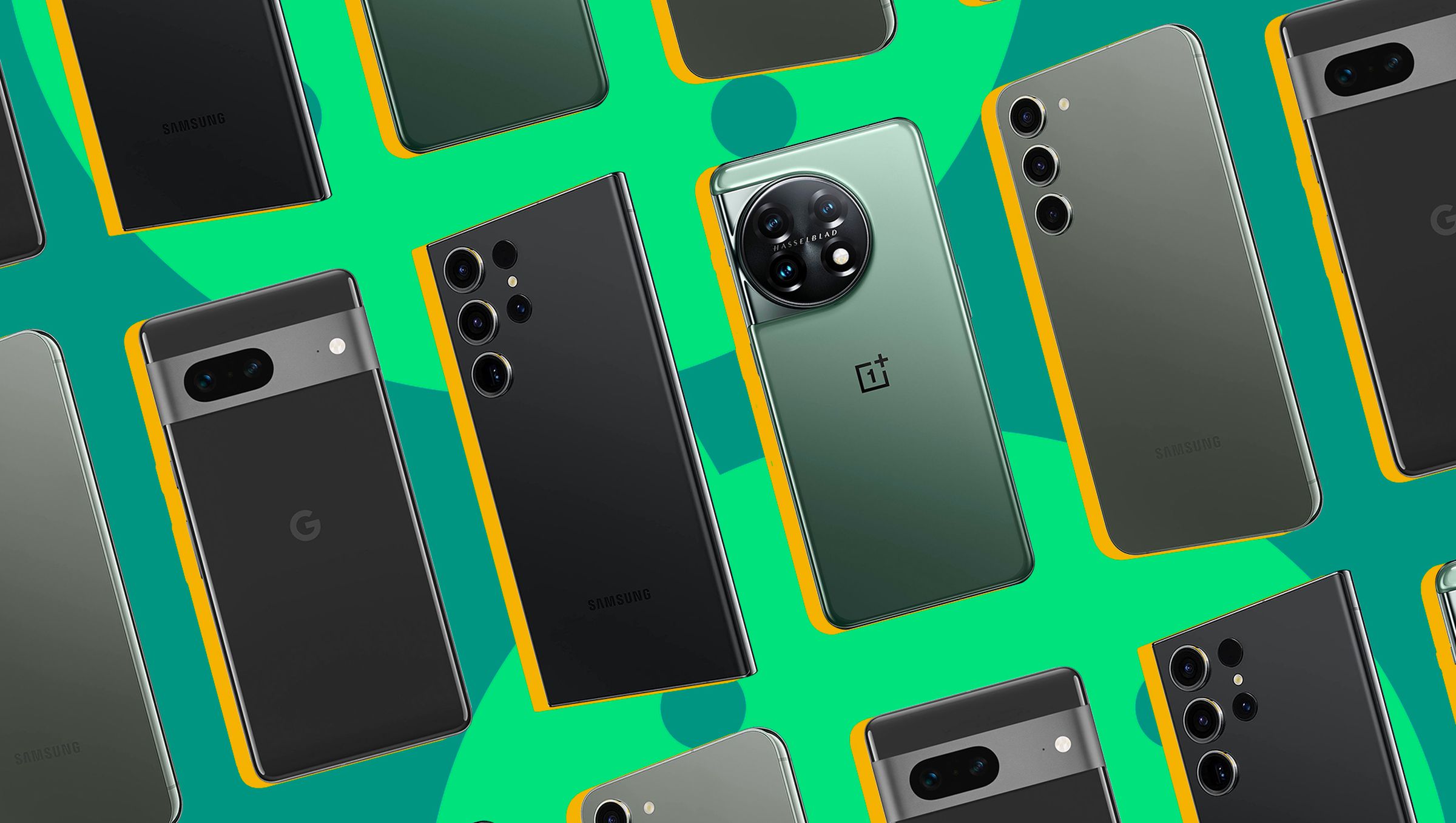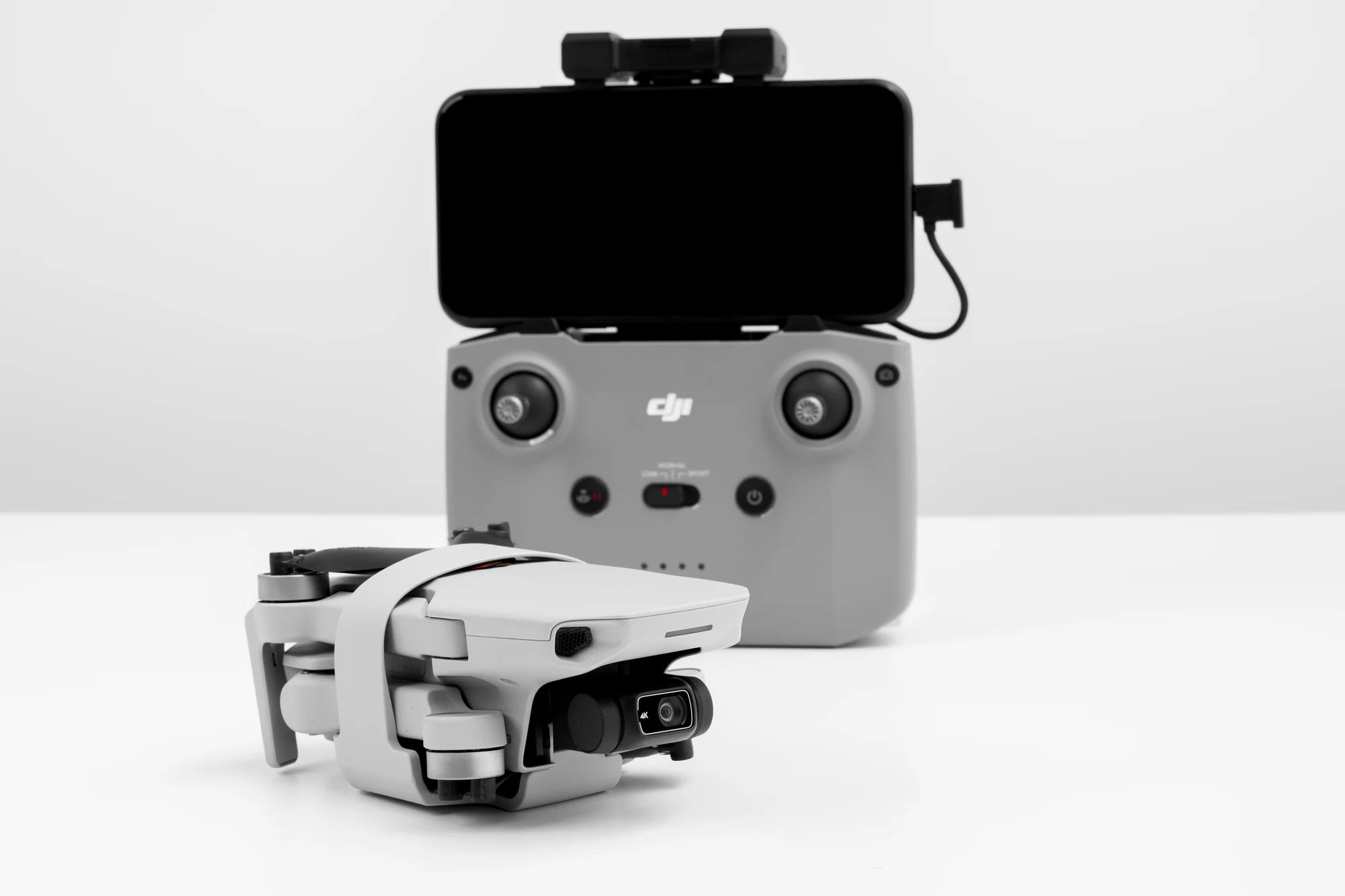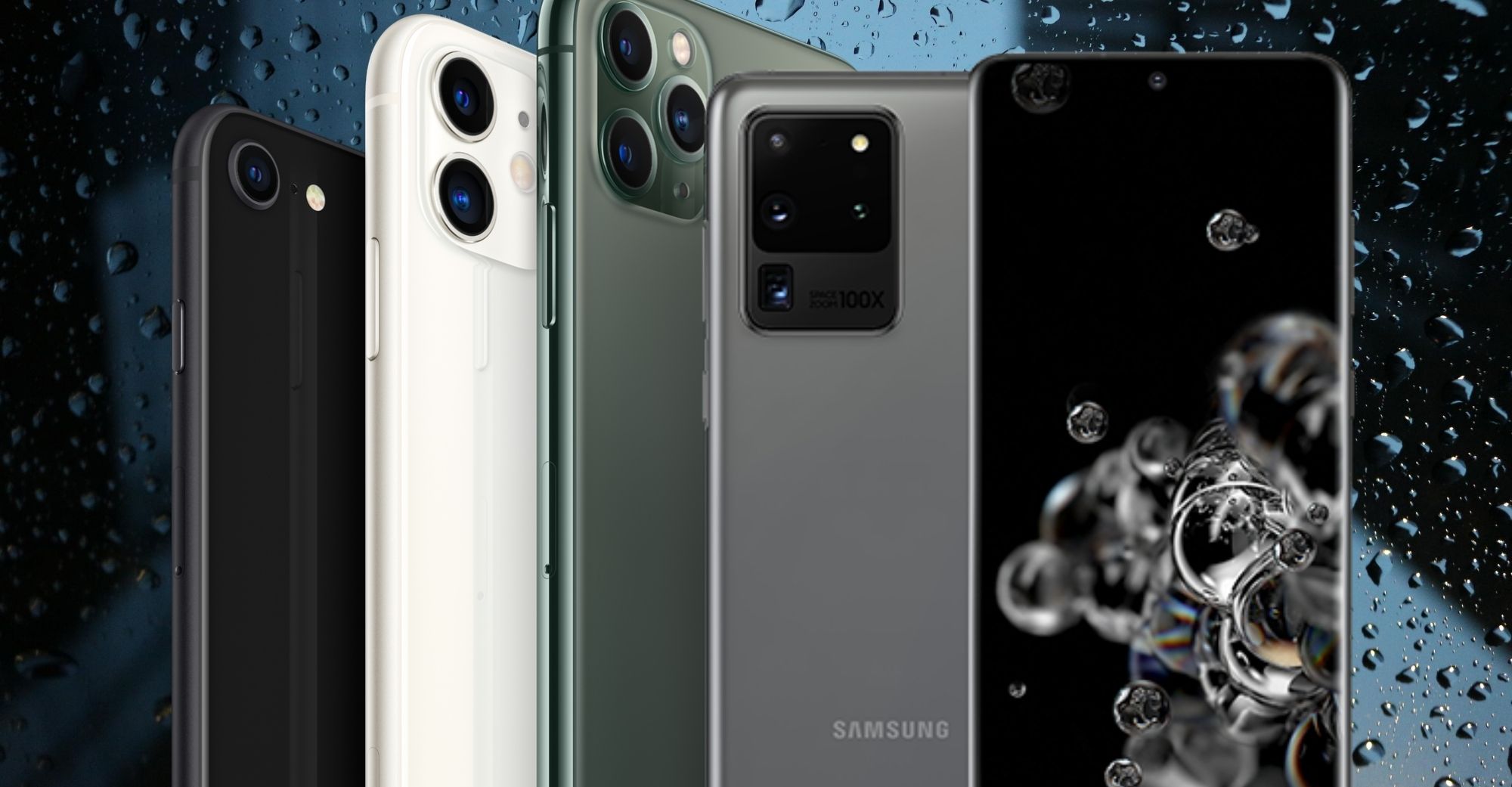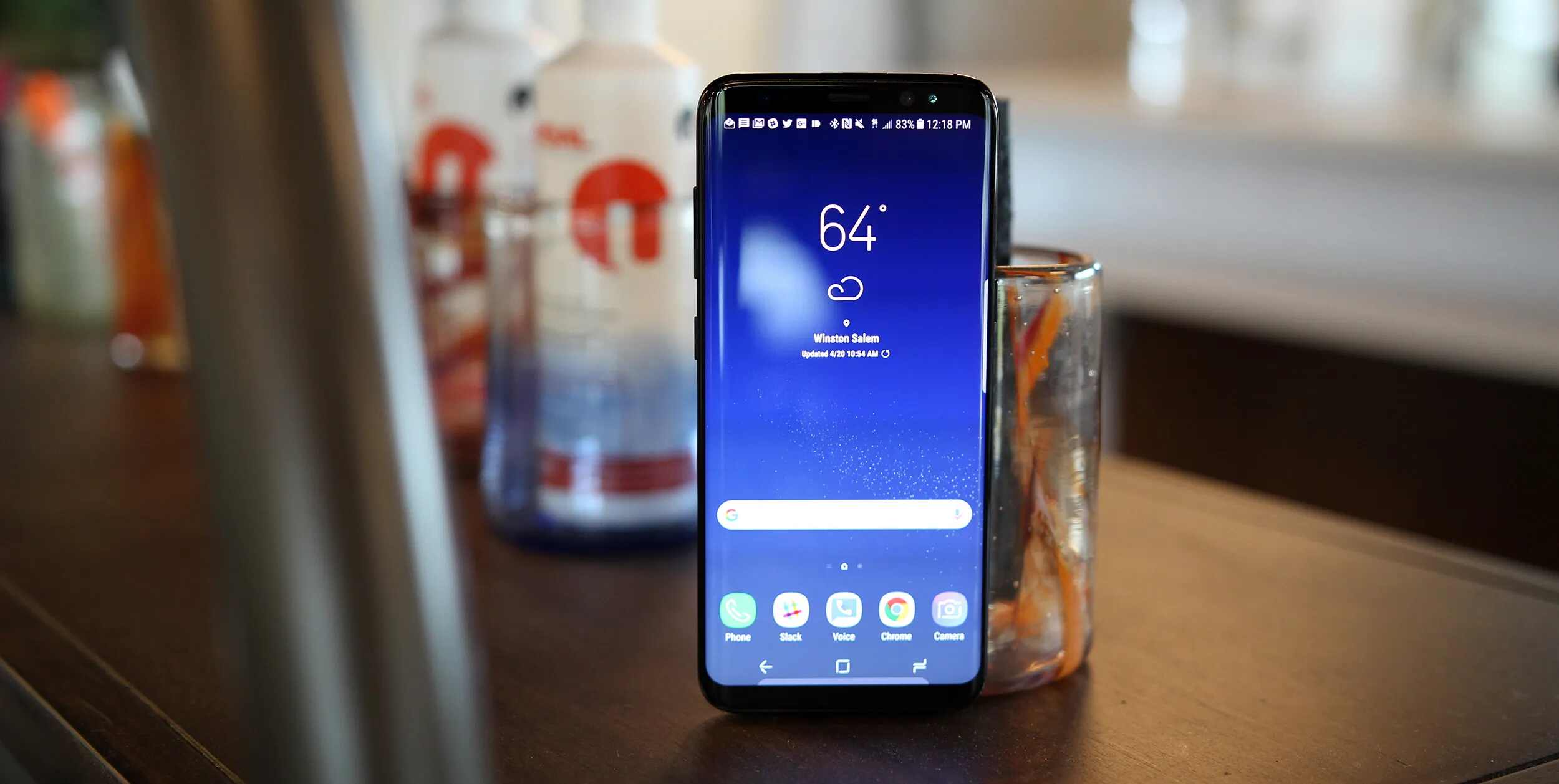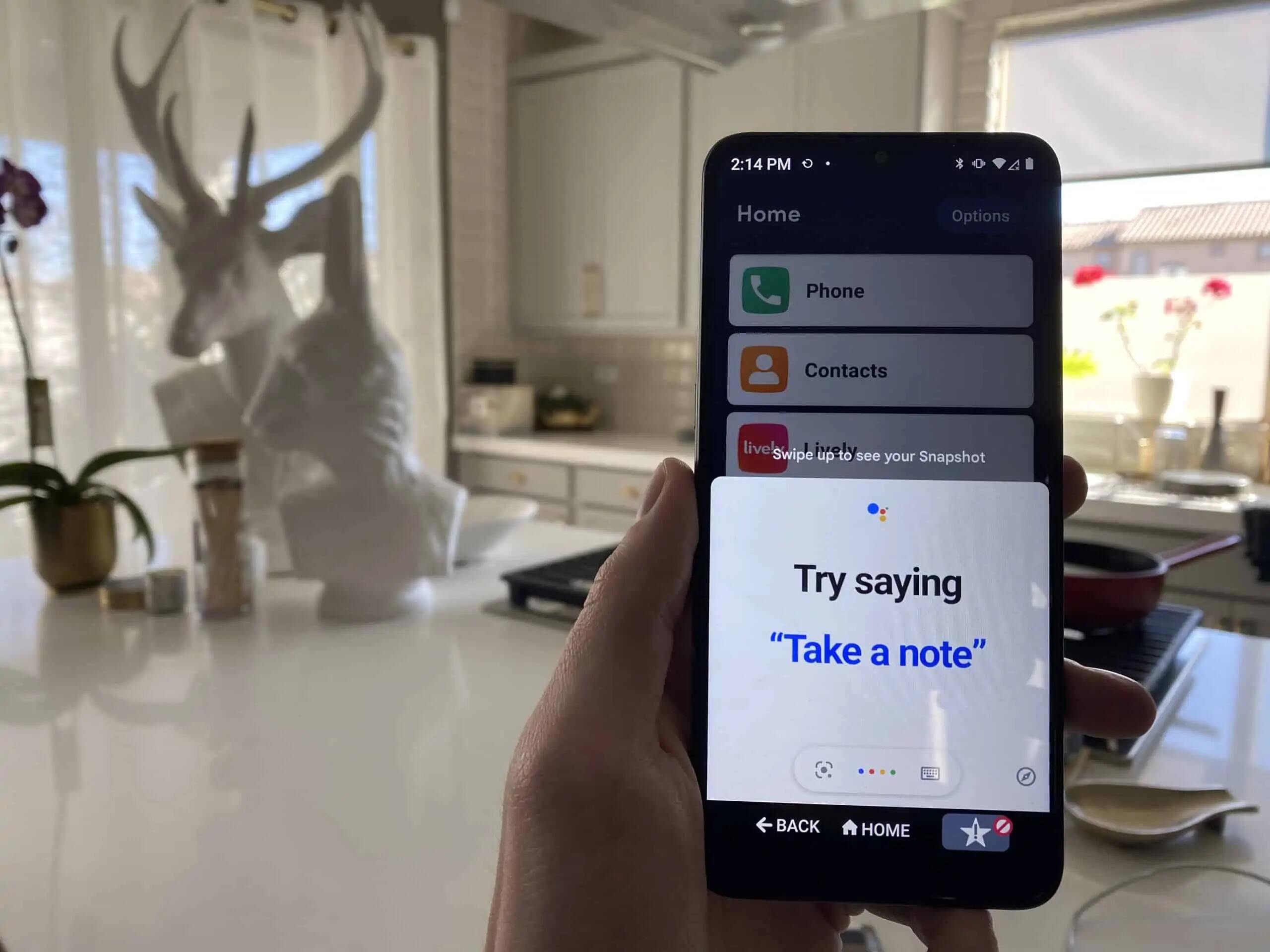Design and Build Quality
When it comes to choosing a new smartphone, design and build quality are crucial factors to consider. The Pixel 6 and iPhone 13 both boast impressive aesthetics and solid construction, but they each have their unique characteristics that cater to different preferences.
The Pixel 6 showcases a modern and sleek design, featuring a distinctive camera bar that spans the width of the device. This bold design choice sets it apart from other smartphones on the market, giving it a standout appearance that appeals to those seeking a fresh and innovative look. Additionally, the Pixel 6 offers a range of color options, allowing users to express their individual style.
On the other hand, the iPhone 13 maintains Apple's signature premium build quality, with a seamless integration of glass and aluminum that exudes elegance and durability. The refined design language of the iPhone 13 appeals to users who appreciate a timeless and sophisticated aesthetic, coupled with meticulous attention to detail.
Both devices prioritize durability, with the Pixel 6 featuring an aluminum frame and the iPhone 13 utilizing Apple's Ceramic Shield technology for enhanced drop protection. These design elements contribute to the overall robustness of the smartphones, ensuring they can withstand the rigors of daily use.
In terms of ergonomics, the Pixel 6 offers a comfortable grip with its gently curved edges, making it well-suited for one-handed use. Meanwhile, the iPhone 13's flat-edge design provides a secure and substantial feel in the hand, appealing to users who prefer a more substantial grip.
Ultimately, the choice between the Pixel 6 and iPhone 13 in terms of design and build quality comes down to personal preference. Whether you prioritize a cutting-edge and distinctive design or a timeless and refined aesthetic, both smartphones deliver exceptional craftsmanship and durability, catering to a diverse range of user preferences.
Display and Screen Technology
The display and screen technology of a smartphone play a pivotal role in shaping the user experience, influencing everything from visual clarity to touch responsiveness. When comparing the Pixel 6 and iPhone 13 in this aspect, it's essential to delve into the intricacies of their respective displays to make an informed decision.
The Pixel 6 features a 6.4-inch FHD+ (1080 x 2400) LTPO OLED display, renowned for its vibrant colors, deep blacks, and energy efficiency. This adaptive refresh rate display dynamically adjusts from 10Hz to 120Hz, ensuring smooth transitions and optimal power management. The Pixel 6's display is a visual delight, offering an immersive viewing experience for multimedia content, gaming, and everyday use.
In contrast, the iPhone 13 boasts a 6.1-inch Super Retina XDR display with a resolution of 1170 x 2532 pixels. Leveraging Apple's cutting-edge OLED technology, this display delivers stunning brightness, contrast, and color accuracy, elevating the visual quality of photos, videos, and applications. The True Tone feature further enhances the viewing experience by dynamically adjusting the white balance to match the ambient lighting conditions, resulting in natural and comfortable visuals.
Both smartphones prioritize display durability, with the Pixel 6 incorporating Corning Gorilla Glass Victus for added protection against scratches and impacts, while the iPhone 13 utilizes Ceramic Shield technology, offering industry-leading drop performance. These robust display technologies contribute to the longevity and resilience of the devices, ensuring a reliable and enduring user experience.
Furthermore, the Pixel 6 and iPhone 13 excel in touch responsiveness, providing seamless interactions and fluid gestures. Whether it's scrolling through social media feeds or playing graphically demanding games, the responsiveness of their displays enhances the overall usability and enjoyment of the smartphones.
In summary, the Pixel 6 and iPhone 13 stand out for their exceptional display and screen technologies, each offering a captivating visual experience with distinct strengths. Whether you prioritize the adaptive refresh rate of the Pixel 6's LTPO OLED display or the precision-engineered Super Retina XDR display of the iPhone 13, both smartphones deliver immersive and visually stunning displays that elevate the way we engage with digital content.
Camera Performance and Features
The camera performance and features of a smartphone are pivotal in capturing life's precious moments with stunning clarity and detail. When comparing the Pixel 6 and iPhone 13 in this aspect, it's essential to delve into the intricacies of their respective camera systems to make an informed decision.
The Pixel 6 boasts a cutting-edge camera setup, featuring a dual rear camera system comprising a 50 MP wide lens and a 12 MP ultra-wide lens. This powerful combination enables users to capture breathtaking photos with exceptional detail and dynamic range. The Pixel 6's advanced computational photography capabilities, powered by Google's renowned algorithms, deliver impressive low-light performance and computational photography features such as Night Sight and Magic Eraser, allowing users to effortlessly capture stunning images in various lighting conditions.
On the other hand, the iPhone 13 showcases Apple's commitment to photographic excellence, equipped with a dual 12 MP rear camera system consisting of a wide and ultra-wide lens. Leveraging Apple's proprietary image signal processor and computational photography technologies, the iPhone 13 delivers remarkable image quality, color accuracy, and optical performance. The sensor-shift optical image stabilization further enhances the iPhone 13's ability to capture sharp and steady photos and videos, even in challenging shooting scenarios.
Both the Pixel 6 and iPhone 13 excel in video recording capabilities, offering impressive 4K video recording at various frame rates, enabling users to unleash their creativity and capture cinematic moments with remarkable clarity and stability. Additionally, the Pixel 6 introduces the Pixel 6 Pro's 4x optical zoom, providing users with enhanced flexibility in framing their shots and capturing distant subjects with exceptional detail.
Furthermore, the Pixel 6 and iPhone 13 prioritize intuitive and user-friendly camera interfaces, empowering users to effortlessly access advanced photography features and creative controls. Whether it's adjusting exposure levels, experimenting with portrait modes, or utilizing AI-driven enhancements, both smartphones offer a seamless and immersive photography experience that caters to both novice and experienced photographers.
In summary, the Pixel 6 and iPhone 13 stand out for their exceptional camera performance and features, each offering a unique blend of cutting-edge hardware, computational photography capabilities, and intuitive user interfaces. Whether you prioritize Google's computational photography prowess or Apple's precision-engineered imaging technologies, both smartphones empower users to capture life's memorable moments with unparalleled clarity and creativity.
Operating System and User Interface
The operating system and user interface of a smartphone are fundamental components that significantly influence the overall user experience. When comparing the Pixel 6 and iPhone 13 in this aspect, it's essential to delve into the intricacies of their respective operating systems and user interfaces to make an informed decision.
The Pixel 6 runs on Android 12, Google's latest iteration of the Android operating system. Android 12 introduces a host of new features and enhancements, focusing on personalization, privacy, and productivity. The Material You design language brings a refreshing visual overhaul, allowing users to customize the look and feel of their device with dynamic color palettes and fluid animations. This level of personalization extends to the system-wide theming, enabling users to tailor their smartphone experience to reflect their unique style and preferences.
In contrast, the iPhone 13 operates on iOS 15, Apple's latest iteration of its renowned mobile operating system. iOS 15 introduces a range of new features and improvements, emphasizing communication, productivity, and privacy. The redesigned notifications experience provides users with greater control and context, streamlining the way they interact with incoming alerts and messages. Furthermore, Focus mode empowers users to customize their device's behavior based on their current activity or location, minimizing distractions and enhancing productivity.
Both Android 12 and iOS 15 prioritize user-centric design and intuitive navigation, offering seamless and responsive user interfaces that cater to a diverse range of user preferences. From streamlined app interactions to system-wide gestures, both operating systems prioritize accessibility and ease of use, ensuring a fluid and intuitive user experience.
Furthermore, the Pixel 6 and iPhone 13 excel in software updates and long-term support, with Google and Apple committed to delivering regular security updates, feature enhancements, and major OS upgrades. This dedication to software longevity ensures that users can enjoy a consistently secure and feature-rich experience throughout the lifespan of their devices.
In summary, the Pixel 6 and iPhone 13 stand out for their robust operating systems and user interfaces, each offering a seamless and intuitive user experience with distinct design philosophies and feature sets. Whether you prioritize Android 12's deep customization options or iOS 15's seamless ecosystem integration, both smartphones empower users to navigate their digital world with efficiency and ease.
Performance and Battery Life
Performance and battery life are pivotal aspects that significantly impact the overall usability and reliability of a smartphone. When evaluating the Pixel 6 and iPhone 13 in this regard, it's essential to delve into the intricacies of their hardware, processing capabilities, and battery performance to make an informed decision.
The Pixel 6 is powered by Google's custom-built Tensor chip, designed to deliver exceptional performance and AI capabilities. This advanced chipset, coupled with 8 GB of RAM, ensures seamless multitasking, swift app launches, and responsive user interactions. Whether it's navigating through demanding applications, editing high-resolution photos, or indulging in immersive gaming experiences, the Pixel 6's hardware prowess enables users to tackle tasks with remarkable efficiency and speed.
On the other hand, the iPhone 13 is equipped with Apple's A15 Bionic chip, renowned for its industry-leading performance and power efficiency. Backed by 4 GB of RAM, the A15 Bionic chip empowers the iPhone 13 to deliver unparalleled processing power, enabling users to effortlessly handle resource-intensive tasks, such as video editing, augmented reality applications, and advanced gaming, with remarkable fluidity and responsiveness.
Both the Pixel 6 and iPhone 13 prioritize energy efficiency, optimizing performance while conserving battery life. The Pixel 6's 4614 mAh battery and the iPhone 13's 3095 mAh battery are engineered to deliver enduring usage on a single charge, catering to the diverse needs of modern smartphone users. Whether it's a day filled with productivity tasks, multimedia consumption, or continuous communication, both smartphones offer reliable battery performance, ensuring users can stay connected and productive throughout their day.
Moreover, the Pixel 6 and iPhone 13 excel in fast charging capabilities, allowing users to quickly recharge their devices and minimize downtime. The Pixel 6 supports fast charging up to 30W, enabling users to replenish their battery efficiently, while the iPhone 13 offers fast charging support up to 20W, ensuring users can swiftly power up their device and stay connected when time is of the essence.
In summary, the Pixel 6 and iPhone 13 stand out for their exceptional performance and battery life, each offering robust hardware, efficient processing capabilities, and enduring battery performance. Whether you prioritize the Tensor chip's AI prowess of the Pixel 6 or the A15 Bionic chip's industry-leading performance of the iPhone 13, both smartphones empower users to navigate their digital world with remarkable speed and reliability, backed by enduring battery performance.
Price and Value for Money
When it comes to purchasing a new smartphone, the consideration of price and the overall value it offers is paramount. Both the Pixel 6 and iPhone 13 present compelling propositions, each with its unique blend of features, performance, and ecosystem integration that contribute to their perceived value for money.
The Pixel 6, positioned as Google's flagship offering, delivers a compelling combination of cutting-edge hardware and software innovation at a competitive price point. With a starting price lower than many flagship smartphones, the Pixel 6 offers an attractive entry point for users seeking a premium Android experience without breaking the bank. Furthermore, Google's commitment to delivering timely software updates and security patches ensures that users can enjoy a consistently optimized and secure device throughout its lifespan, adding substantial long-term value.
On the other hand, the iPhone 13, representing Apple's latest iteration of its iconic smartphone lineup, commands a premium price reflective of its renowned build quality, ecosystem integration, and enduring software support. While the initial investment may be higher compared to some Android counterparts, the iPhone 13's seamless integration with the broader Apple ecosystem, including Macs, iPads, and wearables, enhances its overall value proposition. Additionally, Apple's robust commitment to long-term software support ensures that the iPhone 13 remains relevant and feature-rich for years to come, contributing to its enduring value.
It's essential for prospective buyers to consider the holistic value offered by each smartphone, taking into account factors such as hardware specifications, software longevity, ecosystem integration, and the overall user experience. While the Pixel 6 presents an enticing value proposition with its competitive pricing and Google's software prowess, the iPhone 13's premium build quality, ecosystem synergy, and long-term software support contribute to its enduring value proposition.
Ultimately, the decision between the Pixel 6 and iPhone 13 hinges on individual preferences, budget considerations, and the significance of ecosystem integration. Whether users prioritize the affordability and software innovation of the Pixel 6 or the premium build quality and ecosystem synergy of the iPhone 13, both smartphones offer compelling value propositions that cater to diverse user needs and preferences.
Conclusion: Making the Right Choice
In the dynamic landscape of smartphone offerings, the decision to invest in a new device is a significant one, often influenced by a myriad of factors ranging from personal preferences to practical considerations. When deliberating between the Pixel 6 and iPhone 13, it's essential to weigh the distinctive attributes of each device against individual needs and priorities to make an informed and gratifying choice.
The Pixel 6 emerges as a compelling option for users seeking a harmonious blend of cutting-edge innovation, personalized customization, and exceptional value. With its modern design language, robust camera capabilities driven by Google's computational photography prowess, and the allure of Android 12's deep customization options, the Pixel 6 caters to individuals who prioritize software innovation, personalization, and an immersive digital experience. Furthermore, its competitive pricing and Google's commitment to long-term software support amplify its appeal, positioning it as an enticing choice for those seeking a premium Android experience without compromising on quality.
On the other hand, the iPhone 13 stands as a testament to Apple's unwavering commitment to craftsmanship, ecosystem integration, and enduring performance. Boasting a refined design, industry-leading camera technologies, and the seamless synergy with the broader Apple ecosystem, the iPhone 13 appeals to users who value premium build quality, ecosystem cohesion, and the assurance of long-term software support. While the initial investment may reflect a premium price point, the iPhone 13's enduring value, coupled with Apple's dedication to delivering a seamless and secure user experience, solidifies its position as a compelling choice for those deeply entrenched in the Apple ecosystem.
Ultimately, the decision between the Pixel 6 and iPhone 13 transcends mere technical specifications and pricing considerations. It hinges on aligning the inherent strengths of each device with individual preferences, lifestyle dynamics, and the significance of ecosystem integration. Whether it's the allure of Android's customization prowess and Google's software innovation or the seamless synergy and enduring value proposition of the Apple ecosystem, both smartphones present compelling narratives that resonate with diverse user needs and aspirations.
In the pursuit of making the right choice, it's imperative for users to introspect, evaluate their priorities, and envision the role a smartphone plays in their daily lives. By embracing this holistic approach, individuals can confidently navigate the rich tapestry of smartphone offerings and select the device that seamlessly integrates with their digital lifestyle, empowering them to embark on a journey of productivity, creativity, and connectivity with unwavering confidence and satisfaction.








